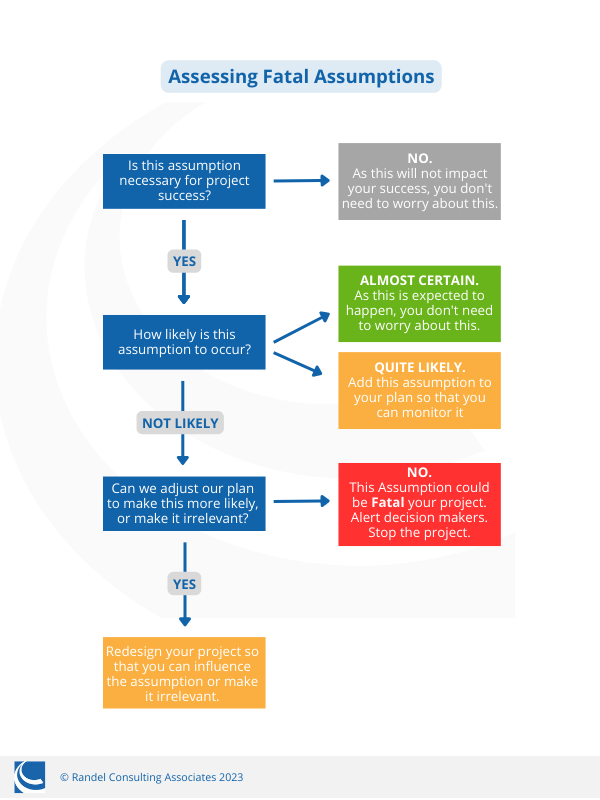Kolmanskop is an abandoned town on the edge of the Namib Desert in southern Africa. Once it was one of the wealthiest, most lively places in that country. Today, it is considered a ‘ghost town’ and the desert has reclaimed for itself the once-majestic houses that made up the town.
The original inhabitants of the town made a Fatal Assumption.
They thought that the town would be able to support itself once diamond mining, the genesis for the town and its wealth, had come to an end.
They were wrong, and today it is tourism that brings people to Kolmanskop for the experience of climbing through sand-filled doorways.
How many change initiatives have been launched with great confidence in the predicted outcomes, only to come crashing down because the planners failed to take account of some critical factor?
I’ve seen many examples around the world. A newly-built health clinic in a rural area, locked because the construction division failed to coordinate with the staffing division about the allocation of staff. A once exciting technology platform that turns out to be more expensive to operate than expected because the code on which it is built has become obsolete. A new office building that sits empty since the onset of the pandemic, barely half-full now as staff increasingly work in hybrid settings.
Perhaps you are like these other planners. You’ve developed your plan. You’ve set goals and objectives, and you have identified what you will do to meet them.
You feel ready to launch the plan.
But have you looked for any Fatal Assumptions?
A Fatal Assumption is something that is critical to the success of your project, and, if it does not happen as assumed, it can kill the project!
Because key assumptions are assumed on the part of planners, they are rarely made visible to those implementing the change.
What assumptions are you making about factors that will enable your project’s success?
- Support from stakeholders?
- Actions of partners and other organizations?
- Enabling policy or legislative environment?
- Financing and resources to sustain the planned changes?
The exercise of scanning for Killer Assumptions is all about Risk Reduction and Mitigation.
If there is a high chance things will happen as assumed (i.e. low risk), there is no need to worry! However, if you discover that a high risk may exist, then you will likely need to mitigate the risk to your project.
Here’s a simple framework you can use to review your assumptions and test them to see how severe their impact might be, should they fail to take place:
As with my post about Monitoring Progress with Key Indicators, the purpose of this review is to enable insight and provoke action.
After all, the purpose of building a new health clinic is not to simply erect a building. The purpose is to improve the health of rural residents, and the presence of a trained, well-supplied medical staff is a critically important assumption to succeeding in this goal.
So we have a Necessary Assumption, but it is unlikely to occur because the staffing division does not know the plans of the construction division. We have a Fatal Assumption!
Unless… the construction division notices that this could be a Fatal Assumption, and takes steps to either make it more likely or irrelevant.
In this case, you can’t make it irrelevant – a health clinic requires staff to operate. So they will need to adjust their plan to make it more likely that there will be trained staff assigned and available when the clinic is scheduled to be complete.
All the planned building activities will carry on as expected.
But there will be some new, additional, activities related to communication and collaboration with the staffing division. The aim is to ensure that you can rate this Assumption as ‘Almost Certain’ because you have taken the necessary steps to make it so!
This tip is one of several that leaders can use when Cultivating Change.
Do you find resources like this useful?
Contact me to learn more about how I support leaders as they manage change and growth.


